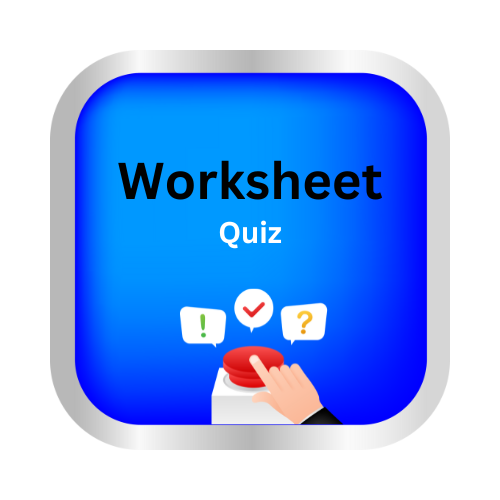Use the progressive verb tenses
Key Notes :
🌟 Progressive Verb Tenses – Key Notes 🌟
| What is a Progressive Verb Tense? |
A progressive tense shows that an action is ongoing or happening right now.
It is made with the verb “to be” + the -ing form of a verb.
Example:
- I am reading a book. 📖
- She is playing football. ⚽
| Types of Progressive Tenses |
| Tense | Structure | Example |
|---|---|---|
| Present Progressive 🌞 | am/is/are + verb + ing | I am eating 🍎 |
| Past Progressive ⏳ | was/were + verb + ing | They were watching TV 📺 |
| Future Progressive 🔮 | will be + verb + ing | He will be traveling ✈️ tomorrow |
| When to Use Progressive Tenses |
Present Progressive: Action happening now or around now. 🕒
- She is drawing a picture 🎨.
Past Progressive: Action that was happening at a specific time in the past. ⏰
- We were playing outside yesterday 🌳.
Future Progressive: Action that will be happening at a certain time in the future. 🕰️
- I will be studying at 7 p.m. 📚
| Signal Words for Progressive Tenses |
- Present Progressive: now, right now, at the moment ⏱️
- Past Progressive: yesterday, last night, when ⏳
- Future Progressive: tomorrow, next week, at this time 🔮
| Tips to Remember ✅ |
1. Always use the correct form of “to be” with -ing verbs.
2. Do not use simple verbs alone for ongoing actions. ❌
- ❌ She reading a book.
- ✅ She is reading a book.
3. Use signal words to find the right tense easily. 🔍
4. Progressive tenses show action in progress, not completed action.
| Fun Examples with Emojis 🎉 |
- Present: I am singing 🎤 in the school program.
- Past: They were dancing 💃 at the party.
- Future: He will be swimming 🏊♂️ tomorrow morning.

